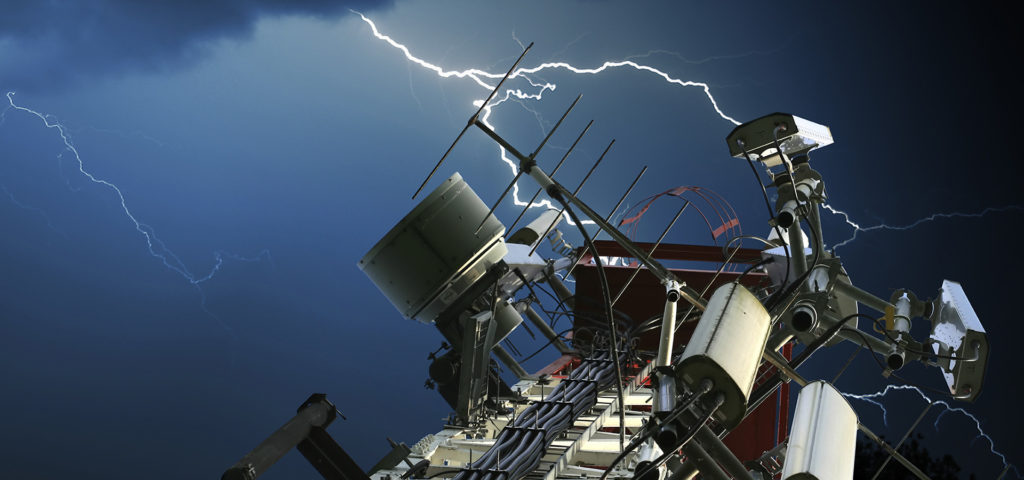The telecommunications industry is relied upon by millions of customers each day to provide them with the ability to make phone calls, connect to the internet, stream data and gain access to emergency services. The cell phone has become much more than a mobile telephone over the course of the last ten years. It is now the main connection device that many consumers have to nearly everything that is outside of their general location. As the demands of consumers to use their cell phones for more and more connection activities has grown, so too has the need for larger and faster data networks. Along with the demand the costs that are associated with operation and maintenance of the wireless networks themselves have grown. More capacity means more operating costs, and while the increased demand should technically be associated with higher monthly bills, the competitiveness of the industry serves to keep consumer charges down or from growing too fast. As operating margins tighten though, increased priority has to be put on the protection and hardening of the existing network equipment and the extension of component life spans. The most effective way to keep costs as low as possible is to prevent damage.
Telecommunications surge protection involves the outfitting of cellular towers and structures with surge protective devices (SPDs) that can not only divert a power surge away from sensitive equipment, but also help lower maintenance labor costs associated with equipment replacement, or even replacement of the SPD systems themselves once they have performed their duty. Each time that a conventional (MOV, GDT or Hybrid device) surge protection device is triggered, it responds by cutting the circuit between the area that has been struck by a surge and the computer equipment which resides upon the networked tower. When this connection is severed in order to avoid the damage that results from an unmanageable amount of electricity, it also renders the communication systems non-functional until that connection is remade. When the system is not functioning, then the connection that consumers within a specific cell range are relying upon may also be severed. While there is overlap in coverage areas in most regions, there are also more remote areas that rely specifically on a particular tower for its connection. If that tower goes offline, many customers will experience a lack of service. A lack of ability to connect to a network is the number one complaint of consumer cellular customers, and also is one of the main reasons that users may decide to switch to another carrier. In order to prevent unhappy customers, towers are tasked with staying functional for the maximum timeframes possible. For this reason, the SPD technology that is supplied by Raycap and its Strikesorb line is crucial to maintaining happy and connected customers, because it is capable of absorbing many surges without failure and without needing to be replaced.
The prevention of lightning surge damage to components such as the remote radio head (RRH) or the Base Band Units (BBU) at a cellular tower is a real threat. Raycap’s state-of-the-art surge protection technology Strikesorb gives cellular carriers assurance that their towers can be protected from lightning surge. There is an ever-increasing expectation from customers to be continually connected that helps drive the carriers to continually make improvements in their networks while at the same time remaining competitive. Protection of the network components and the customer base is crucial to survival in the telecommunications industry, and Raycap is the partner that can give carriers peace of mind in this regard.

